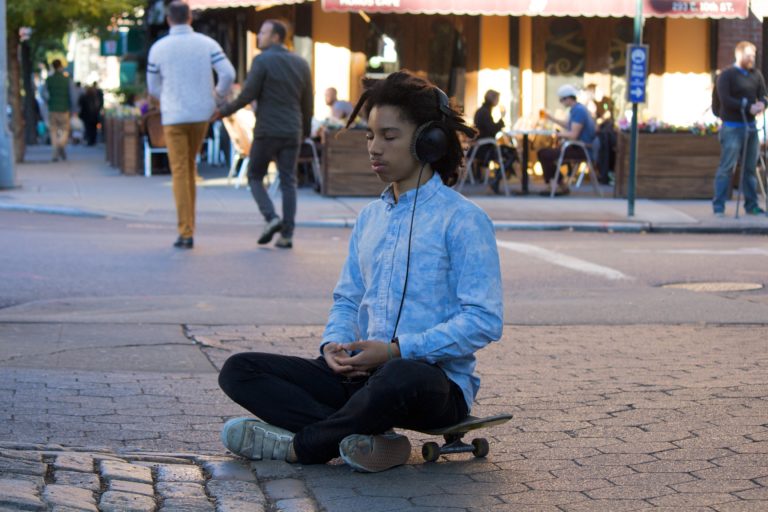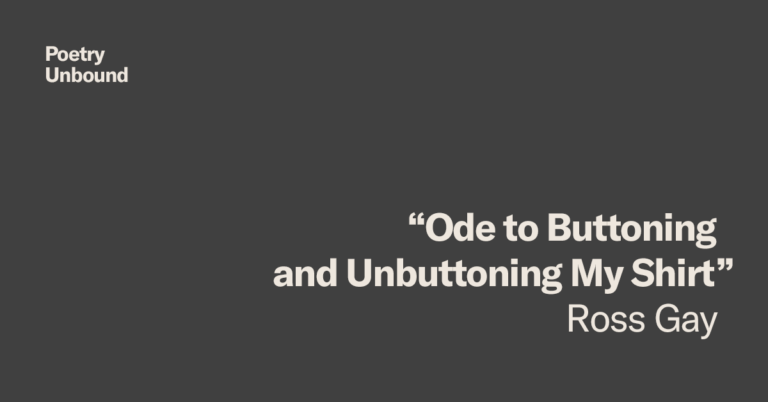
Image by Tina Leggio/Flickr, Attribution-NoDerivs.
The Art of Daily Ritual: Keeping Sane in an Insane World
Alice Wilder, 20 years old, of North Carolina, counts the number of dogs she sees each day. It started as a way to stave off anxiety — a sort of accounting of all the slobbery, unconditional love she encountered as a foil for her planning and plotting and worrying.
It was so effective that she started integrating other little rituals into her life: lighting a candle each morning and writing down good things that happened at the end of each day and putting them in a glass jar to be read on New Year’s Eve each year. In middle school, she kept a little red cloth inside her bra when she was on her period to remind herself to take care of herself, and that she was part of a larger story about women throughout history.
It’s not all serious. Each and every Monday, you’ll find her belting out karaoke at a dive bar in Chapel Hill. It’s a ritual of pure, unconscious joy in a competitive college environment that can otherwise feel stifling, like everyone is taking themselves too damn seriously.
Lives like Alice’s, sprinkled with sensory pauses and personal symbols, bring our attention to the most basic questions: What is ritual, really?
A ritual has formally been defined as “a sequence of activities involving gestures, words, and objects, performed in a sequestered place, and performed according to set sequence.” But rather than seeing rituals as defined by place and sequence — a sort of litmus test for whether something has earned the label — we’re starting to play around with the boundaries and behaviors that constitute the sacred. Edmund Leach, a social anthropologist, argues that ritual is better understood as existing on a spectrum:
“Actions fall into place on a continuous scale. At one extreme we have actions, which are entirely profane, entirely functional, technique pure and simple; at the other we have actions, which are entirely sacred, strictly aesthetic, technically non-functional. Between these two extremes we have the great majority of social actions, which partake partly of the one sphere and partly of the other. From this point of view technique and ritual, profane and sacred, do not denote types of action but aspects of almost any kind of action.”
In other words, even washing the dishes can be a kind of ritual if you treat it as such. It’s about pace and intention, the senses and the symbols. It’s about the meaning you imbue into an object or an act, rather than a script you inherit. It’s about noticing.
Here’s the first ritual I can remember: I climb up onto our tall kitchen chairs, feel my dad’s big, strong fingers separate my fine, curly hair into three equal pieces and begin folding one on top of the other. Each night, after he got home from work and took off his suit, after we ate dinner, after we watched The Cosby Show and then I begged to stay up until Cheers like my big brother, after the lunches were packed and the homework was stuffed into the backpacks — we did this. My dad transformed my rat’s-nest-waiting-to-happen hair into one solid braid down the center of my back.
The profundity of this seemingly mundane nightly act kind of rocks me as I think about it now. I may have been raised without religion, but I wasn’t raised without ritual — and that is a critical difference.
Religion is the story that we tell ourselves, tell our children, tell our communities about why we are here on Earth and what the right way to live is based on this most important “why.” But ritual is something less intellectual, particularly the daily version. Its very nature — repetitive, precise, often very physical — prompts a sort of turning-off of the mind and settling back into the body.
While collective, once-in-a-lifetime rituals — the sort of rites of passage that we mark through mammoth wedding parties and drunken, tear-filled wakes — are key to meaning-making on a grand scale, it’s the smaller, daily rituals that keep us going. Alice is a great example of a young woman who, even while at an institution drenched in collective pageantry (have you seen a UNC vs. Duke basketball game?!), is finding the most life-affirming practices to be subtler and more sub-cultural, designed to meet her specific needs for joy and rest and reverence.
This kind of ritual is less about profound transitions and more about daily practices: the ways of seeing and behaving and gathering that keep us sane in an insane world. They organize our emotional lives, prompt us to count our blessings along with our grievances, remind us to look up and out more often. They are about caring — for ourselves and those we love, even caring about those long dead who are a part of our larger story. They offer a sort of gentle time outside of time.
It is so easy to feel overwhelmed. Life seems to almost exclusively move at breakneck pace. But these daily rituals — my dad’s hands methodically laying one strand of hair on top of another, the warm water and the smooth curve of a clay platter in my hand, Alice’s log of panting puppies — reminds the ego that it’s really only about the connections and the sensations. Everything else washes away with time.

